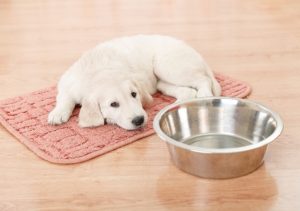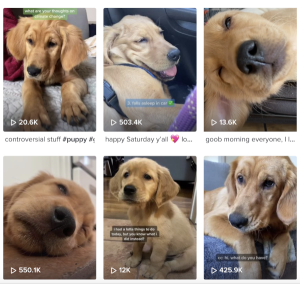Clostridial enterotoxicosis or enterotoxemia in rabbits is a life-threatening condition caused by the overgrowth of Clostridium spiroforme, an anaerobic spore-forming bacterium associated with diarrhea, weakness, toxemia, lethargy, flatulence and in some cases rectal prolapse. This bacterium is not found in a healthy rabbit’s gut.
Young rabbits at the weaning age (5-8 weeks old) are more vulnerable due to the incomplete enteric colonization by commensal bacteria that allow the Clostridium perfringens to be colonized from the gut. However, a rabbit of any age can be affected by enterotoxemia. The condition can cause death in 1-3 days.

Once the Clostridium s. has colonized the gut, it releases potent enterotoxins that affect lagomorphs.
Causes
Besides the case in the weaning age young rabbits, other factors that can cause the disease in adult rabbits include stress, prolonged and improper use of antibiotics as well as poor diets, especially the high energy-low fiber diets (high in carbohydrates and sugars).
Some antibiotics associated with enterotoxemia include penicillin, vancomycin, erythromycin, lincomycin, clindamycin, tetracycline, among others that are more likely to kill gram-positive bacteria. Antibiotics that are considered safe include chloramphenicol and trimethoprim.
Elderly or older rabbits whose diet may contain higher amounts of carbs, especially diets for the underweight ones may promote the growth of these intestinal clostridia bacteria. Excessive consumption of fruits, cereal treats, bread, grains, and pellets can increase the risk of this disease.
Also, sudden diet changes, illness, feeding orphaned kits with bottles, or any other factor that may disrupt the cecal flora will predispose the affected rabbit to this disease.
Signs and symptoms
The most noted symptoms include “sudden onset of watery diarrhea, depression, lack of appetite, and listlessness; often foul-smelling diarrhea; may contain mucus or blood” [1] and perineal fecal is also possible.
The diarrhea is often soft, sticky, watery or covered with mucus and it may be intermitted. However, if diarrhea becomes severe, more severe symptoms, including listlessness, pain (signaled by teeth grinding and hunched posture) and a shock may be noted.
Moribund, bradycardia, coma, hypovolaemic shock, hypothermic symptoms signals that the rabbit is about to die from this condition.
Treatment and medications
Once you notice any of the symptoms we have noted, you need to inform your vet for a proper diagnosis to confirm that indeed the Clostridium spiroforme is responsible for the signs. Gram stain [2] is often used for diagnosis.
In mild cases, treatments will involve subcutaneous or oral fluid therapy, antibiotics and modifying diets. However, symptoms including lethargy, depression, shock or dehydration may require hospitalization even if they are mild.
Profuse diarrhea in rabbits aged under five months requires aggressive treatments once they have been hospitalized. Hospitalized bunnies will need antibiotic and IV fluid therapies. Unfortunately, recovery and prognosis are often poor even with aggressive treatments.
Medication
The most common given IV antibiotic is metronidazole while cisapride or metoclopramide may help stimulate gut motility.
Also, Cholestyramine may be given to help deal with the clostridial toxin as well as some pain medications to help deal with the bloating gas pain as well as the pain due to a distended stomach.
Prevention
Ensure your rabbit eats as not eating will cause GI stasis and worsen the clostridia bacteria. Go for good quality grass hay, and a mixture of several leafy greens such as carrot tops, spinach, collard greens, parsley, romaine lettuce since they contain moisture.
Those that do not eat should be syringe fed with Oxbow Critical Care for Herbivores, or EmerAid Herbivore and afterward, stick to the recommended healthy diet for rabbits once it begins to recover.




Leave a Reply
You must be logged in to post a comment.